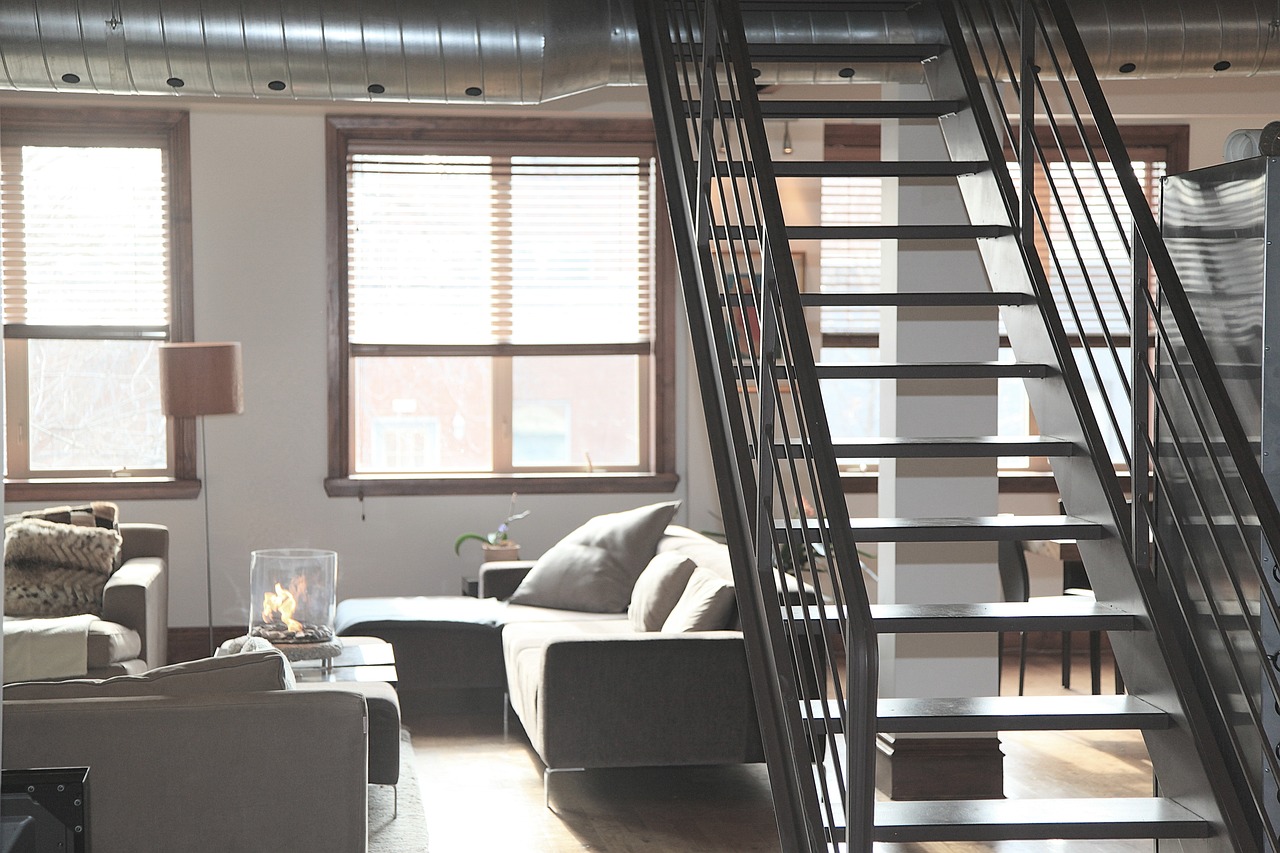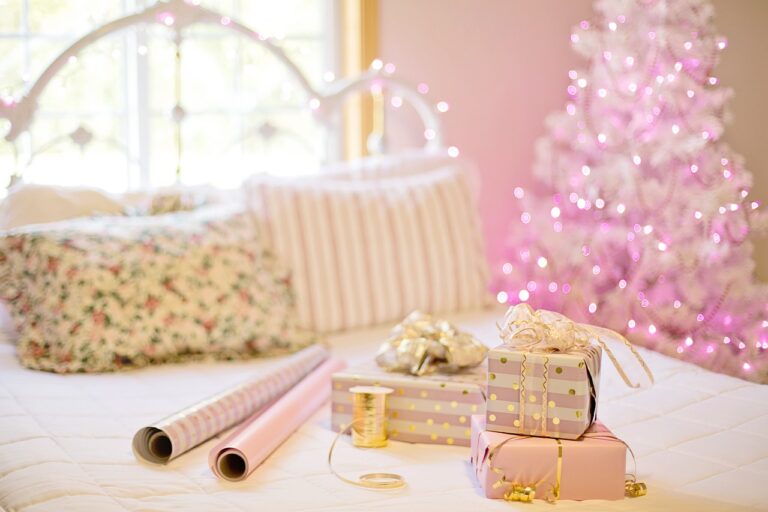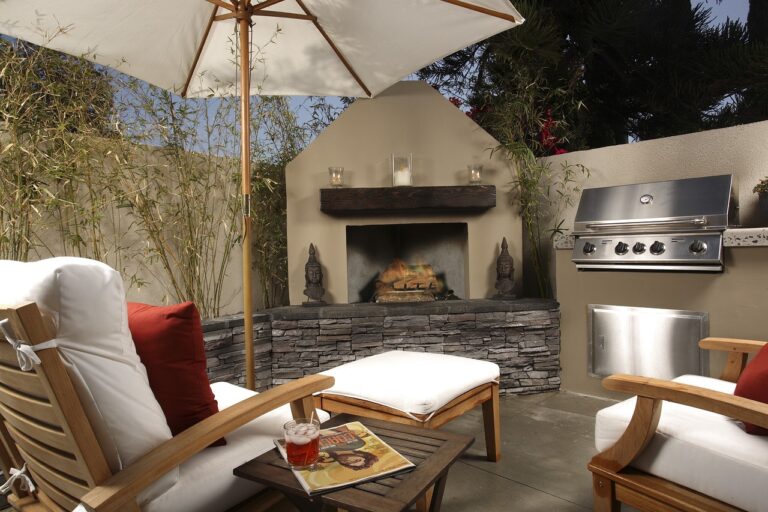Incorporating Transitional Style into Your Home Decor: Blending Traditional and Contemporary Elements
Transitional style in interior design blends traditional and contemporary elements to create a harmonious look that appeals to a wide range of tastes. This versatile style strikes a balance between the warmth and elegance of traditional designs while incorporating the clean lines and simplicity of contemporary aesthetics. By seamlessly marrying these two contrasting styles, transitional design offers a timeless and sophisticated ambiance to any space.
Key features of transitional style include a neutral color palette, furniture with classic shapes and modern finishes, and a mix of textures for added depth and visual interest. In transitional interiors, you will often find a combination of plush fabrics like velvet alongside sleek materials such as glass and metal. This eclectic mix of elements creates a welcoming and comfortable atmosphere that is both cozy and chic, making transitional design a popular choice for many homeowners seeking a versatile and timeless look.
Key Characteristics of Transitional Design
Transitional design seamlessly blends traditional and contemporary styles, creating a harmonious and balanced look in a space. This style is characterized by its clean lines, neutral color palettes, and a mix of modern and classic furniture pieces. One of the key characteristics of transitional design is the focus on comfort and functionality, with a priority on creating relaxed and inviting spaces for everyday living.
Incorporating a blend of textures, such as smooth leather, plush fabrics, and natural wood, is another distinguishing feature of transitional design. This mix of materials adds depth and visual interest to a room while maintaining a sense of warmth and coziness. Transitional spaces often showcase a restrained use of accessories, with an emphasis on quality over quantity, creating a clutter-free environment that feels both sophisticated and welcoming.
Choosing the Right Color Palette
When it comes to choosing the right color palette for your transitional style space, it’s essential to find a balance between classic and contemporary hues. Consider opting for neutral tones as a base, such as whites, beiges, and grays, which can provide a timeless backdrop for your room. These neutral shades can then be complemented with pops of color, such as soft blues, greens, or warm earth tones, to add depth and visual interest to the space.
Incorporating metallic accents like gold, silver, or bronze can also enhance the transitional look of your room. These metallic finishes can be introduced through light fixtures, hardware, or decor items, adding a touch of sophistication and glamour to the overall design. Experiment with different combinations of colors and finishes to create a color palette that reflects your personal style while staying true to the transitional design aesthetic.
Neutral tones like whites, beiges, and grays provide a timeless base
Pops of color such as soft blues, greens, or warm earth tones add depth
Metallic accents like gold, silver, or bronze can enhance the transitional look
Experiment with different combinations of colors and finishes to reflect personal style
What is transitional style in interior design?
Transitional style in interior design is a blend of traditional and contemporary elements. It combines the warmth and classic details of traditional design with the clean lines and simplicity of contemporary design.
What are the key characteristics of transitional design?
The key characteristics of transitional design include a neutral color palette, a mix of furniture styles, a focus on comfort and practicality, and the use of texture and pattern to add visual interest.
How do I choose the right color palette for a transitional design?
When choosing a color palette for a transitional design, consider using neutral colors like beige, gray, or white as a base, and then add pops of color with accents like throw pillows, rugs, and artwork. Stick to a cohesive color scheme throughout the room to create a harmonious look.







